MOVIE REVIEW – Director Dan Trachtenberg has already shown once before with 2016’s 10 Cloverfield Lane how to make an intelligent sequel to a sci-horror with his entry into the Predator series. With Preda, he’s shown it again. Resisting the temptation just to make it bigger and stronger or to simply indulge in nostalgia, Prey is a truly original, unique sequel, like most of the franchise: a reimagining, set in 1700s America, with Native Americans, and not just another modern installment.
To breathe new life into a long-running, popular franchise is often considered foolish. The deeper you go into it, the greater the risk of presenting the same old story, or, on the contrary, of using too many elements that are intended to be revolutionary, and the new film has nothing in common with the old. Not only because we are far from the same era, the audience is different, and the circumstances that made the first instalment a success are different in general, but it is even more difficult to build on an existing world.
Fortunately, director Dan Trachtenberg and screenwriter Patrick Aison have managed to solve this dilemma with this year’s Predator, a film that boldly abandons Predator in its title, expanding the world of Jim and John Thomas’ Predator franchise not in a linear forward motion, but going back to the beginning, well before the events of the 1987 film. The result is a tense, gripping action-thriller that asks which of our protagonists has actually taken on the role of Predator this time and which of them may be at a disadvantage in unknown and dangerous territory.
An origin story
While Preda is an origin story of sorts for the titular alien – the Predator (Dane DiLiegro) is tasked with observing the new world he’s been cast into while having a front-row seat to witness natural selection at its bloodiest – the film also works solely on the level of its heroine’s coming of age. Naru, played by the spirited and charming Amber Midthunder, is a young female member of a Comanche tribe who seeks to defy the position her gender has placed her in as a mere gatherer – instead dreaming of becoming a true hunter and protecting her tribe from outside threats, just like her older sister Taabe (Dakota Beavers). He is met with scepticism and resistance not only by the other male hunters but also by his mother, who wants him to use the weapons at his disposal to gather medicinal herbs instead. In a witty twist to the scenario, Naru’s knowledge of hunting and medicine helps her gain an advantage over some of the male members of the tribe, even those who pride themselves on being the best when it comes to taking the target prey. Unlike his rivals, however, Taabe only ever supports his little sister’s ambitions. The relationship between the brothers eventually becomes one of the film’s best emotional anchors, echoed by the equally strong performances of Midthunder and Beavers through each of their scenes together.
You’ll be rooting for her
Above all, the film’s engaging dynamics, however, rest on Midthunder’s shoulders in this film, and she proves more than adept at not only being our window into this harsh and often cruel world of survival but a protagonist worth rooting for until the very end. While it may seem that Naru is punching above her weight class when she tries to take on the Predator, an alien warrior with no small technological superiority in weaponry, the script of Prey makes an intelligent decision and lets Naru’s knowledge give him an advantage. Knowing that she can’t actually fight this enemy in direct hand-to-hand combat, she reaches for what he can draw on: her knowledge of Earth and how she can use that to his advantage in a fight against a larger, stronger, and much better-technologically equipped alien with a humanoid physique. It’s wits against strength in this Predator prequel, but the way Naru harnesses her own underestimated power leads to some of the most exciting action sequences in the entire film.
Who is hunting whom?
Previous Predator films have spent less energy dissecting the inner motivations of the alien invaders and far more time on how many explosions can be crammed into two hours. In comparison, Prey feels like the first case in a long time to really focus on the Predator’s philosophy as a character – and there’s a sense of dread that comes from the realisation that a single instinct drives his mindset.
In his first few days on the new planet, Predator seems to be entirely focused on discovering what – or who – might pose the greatest threat to him and tailoring his hunting strategy accordingly. He is not interested in targeting completely helpless victims or someone being used as bait with the clear intention of luring him out of his camouflaged hiding place. Once we know that the Predator is only interested in taking down someone he sees as a rival, the question becomes: who is hunting whom now?
Stunning Native American setting and scenery
Beyond the script, which gives us an even deeper insight into the moral code of the arch-nemesis, Prey is a film that uses every aspect of the natural environment to create a stunning visual landscape by cinematographer Jeff Cutter. One of the fight scenes, set in a burning forest in an environment half obscured by smoke and ash, evokes a real sense of dread as the Predator’s targets wait with shaky breaths for the moment when the monster leaps from the skeletal trees and begins to maul them to bloody shreds.
Couple all of this with the finest stunt choreography, and Prey excels on every level, not only on a physical level but also by constantly reminding us of the larger emotions at play in every scene. In a setting where one wrong move can result in the enemy’s gross superiority, the stakes literally couldn’t be higher – but it’s also the perfect stimulation for our protagonist to summon all her strength and double what she’s capable of, as Naru fights tooth and nail (and with her loyal dog, Sarii, played by a canine actor who seems very happy to be in the film) to protect her people from the greatest threat they have ever faced.
Back to the roots
Prey works convincingly by taking the Predator franchise back to basics while stripping away much of the obligatory technological effects and CGI explosions and focusing instead on a character-centric narrative of struggle and triumph. That’s not to say that this film skimps on the action – far from it – but it also proves how good these stories can be on a smaller scale. Sometimes real power isn’t about how many advanced tools you have in your arsenal; sometimes, it’s as essential as knowing the land you come from and how you can turn that into your weapon.
The only real downside to Prey is the streaming format through which it’s being released: as of today, 20th Century’s film is being released on Disney Plus. It’s not an exaggeration to say that this film needs to be seen on the biggest screen possible if only to thoroughly appreciate one of the best action films of the year so far, not to mention the best Predator movie since the very first one.
With plenty of brutal kills typical of the Predator franchise, a simple but never simplistic story and an authentic Indian girl in Amber Midthunder, this Prey is “killing it” in every sense of the word.
-BadSector-
Prey
Direction - 8.4
Actors - 8.2
Story - 8.2
Visuels/Action - 9.2
Ambience - 8.8
8.6
EXCELLENT
The only real downside to Prey is the streaming format through which it's being released: as of today, 20th Century's film is being released on Disney Plus. It's not an exaggeration to say that this film needs to be seen on the biggest screen possible if only to thoroughly appreciate one of the best action films of the year so far, not to mention the best Predator movie since the very first one. With plenty of brutal kills typical of the Predator franchise, a simple but never simplistic story and an authentic Indian girl in Amber Midthunder, this Prey is "killing it" in every sense of the word.

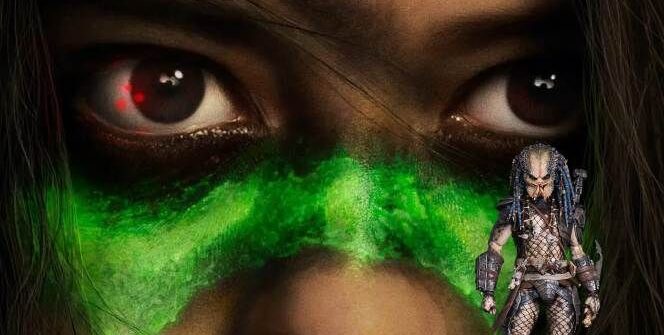
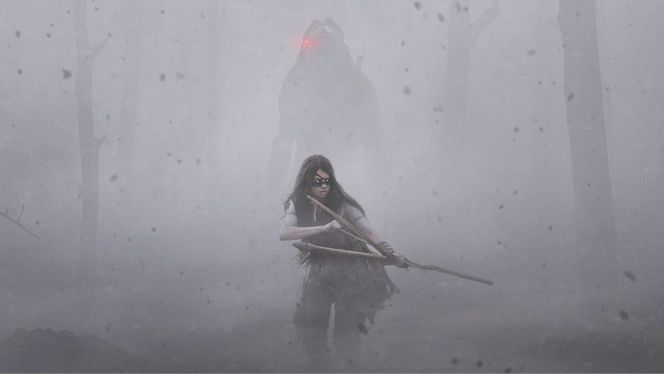
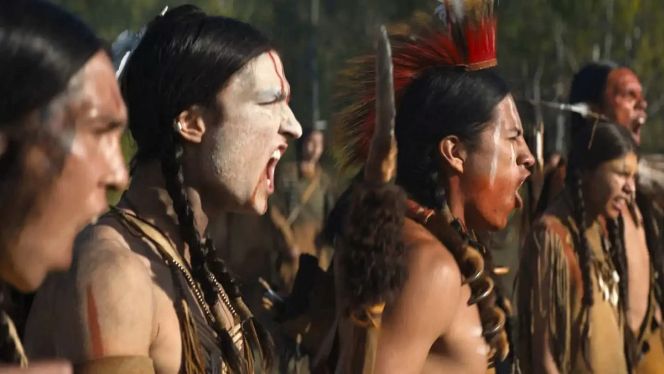
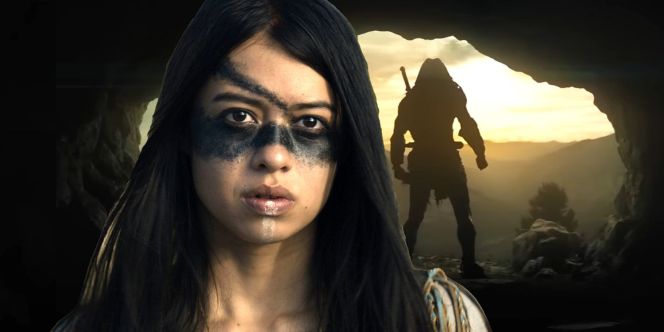


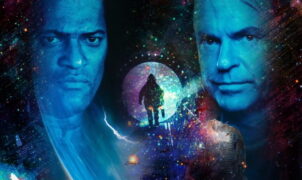







![[TGA 2025] John Carpenter’s Toxic Commando: John Carpenter’s Nightmare-Fueled Shooter Finally Has a Date, and Hell Is Breaking Loose [VIDEO]](https://thegeek.games/wp-content/uploads/2025/12/theGeek-John-Carpenter-TC-2-300x365.jpg)
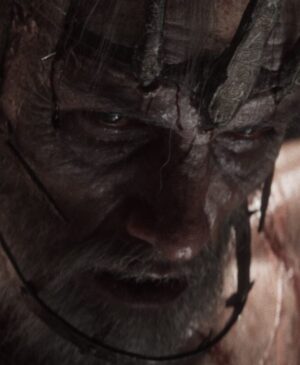
![[TGA 2025] Star Wars: Galactic Racer Focuses on High-Stakes Podrace Runs [VIDEO]](https://thegeek.games/wp-content/uploads/2025/12/theGeek-Star-Wars-Galactic-Racer-300x365.jpg)
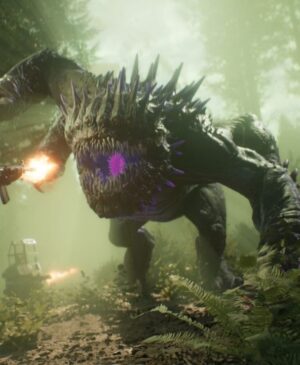
Leave a Reply